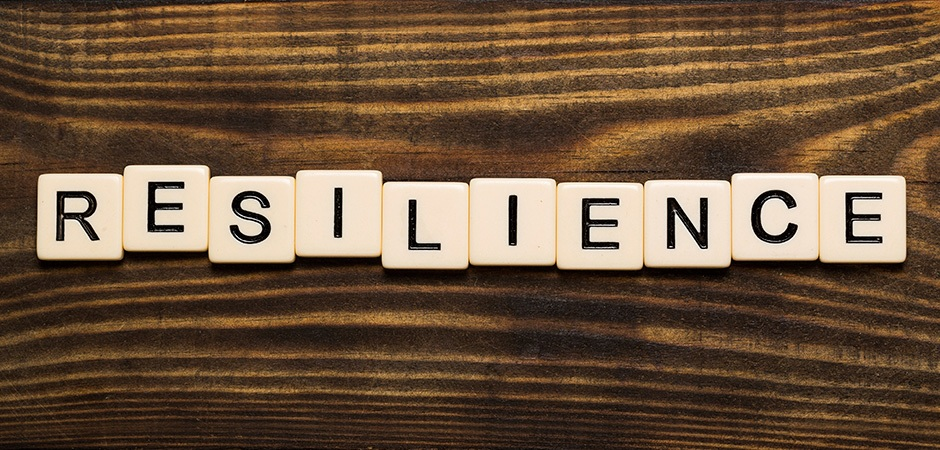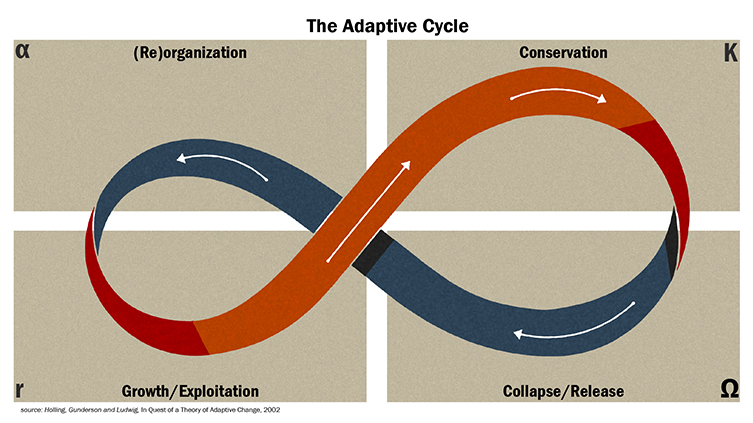
Johann Rockström: why build resilience at the municipal level?
The importance of building resilience at the municipal scale
Municipalities in transition is a project that aims to bring together public administrations and civil society to build resilience at municipal scale. But, was is resilience? Why is important to increase it, and how to apply it in our municipalities?
Resilience is a rich and complex concept. It has roots in systems theory, and it has a variety of interpretations and applications including for ecosystems management, disaster preparedness, and even community planning. Our interpretation is based on the work of the Resilience Alliance and the Stockholm Resilience Center.
In that field, resilience is commonly defined as the capacity of a system to absorb disturbance and re-organize while undergoing change so as to still retain essentially the same function, structure, identity, and feedbacks. Analogously to an ecosystem, in the community context this concept refers to the ability of our cities, neighborhoods and villages, not to collapse in the face of lack of energy or food and its ability to respond and adapt to external shocks.

The three main characteristics that make a community resilient are:
- Diversity: of the members that form it, of the functions they can perform, of the answers they can offer, of the connections they have among them, of how the information circulates and is processed, …
- Modularity: a high degree of modularity refers to the decentralization of connections within the community. So if one part is affected, the rest can act autonomously.
- Cause-effect distance: If the distance is short, as in non-centralized governance systems, members of the community are able to see what is happening around them and, therefore, act appropriately and at the right time.
We live in times of complex interrelated crisis (climate change, biodiversity loss, increase of inequality, economic uncertainty, energy crisis, etc.), and rapid change, and we must learn to dance with them. That is why building resilience at the municipal scale is one of the priorities.
Leave a comment